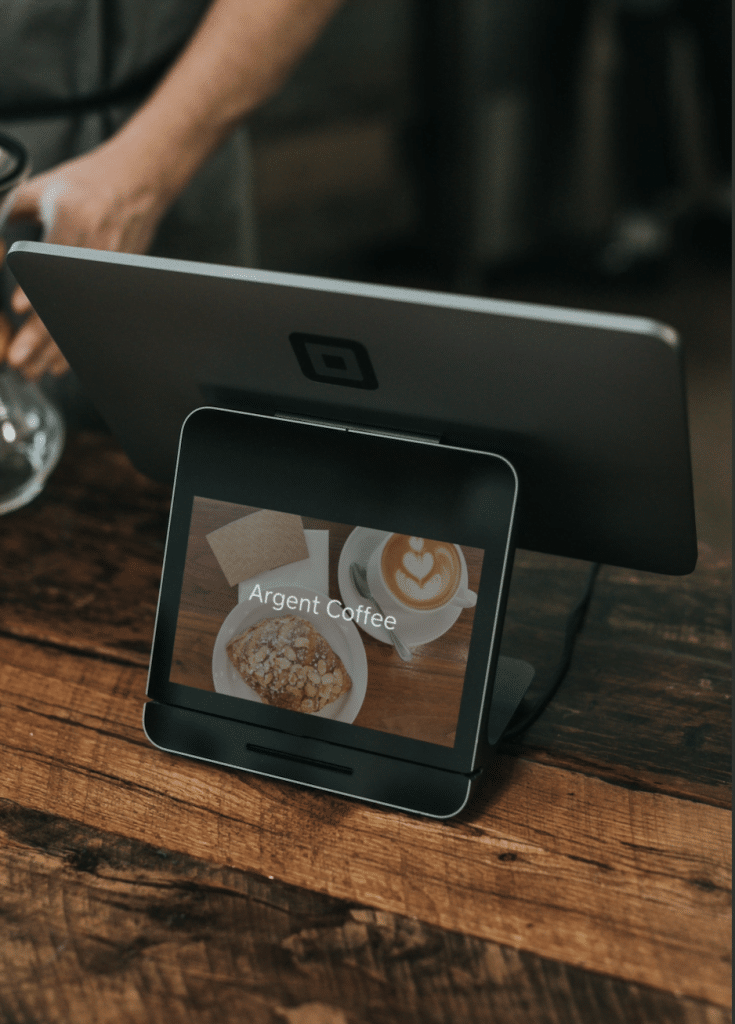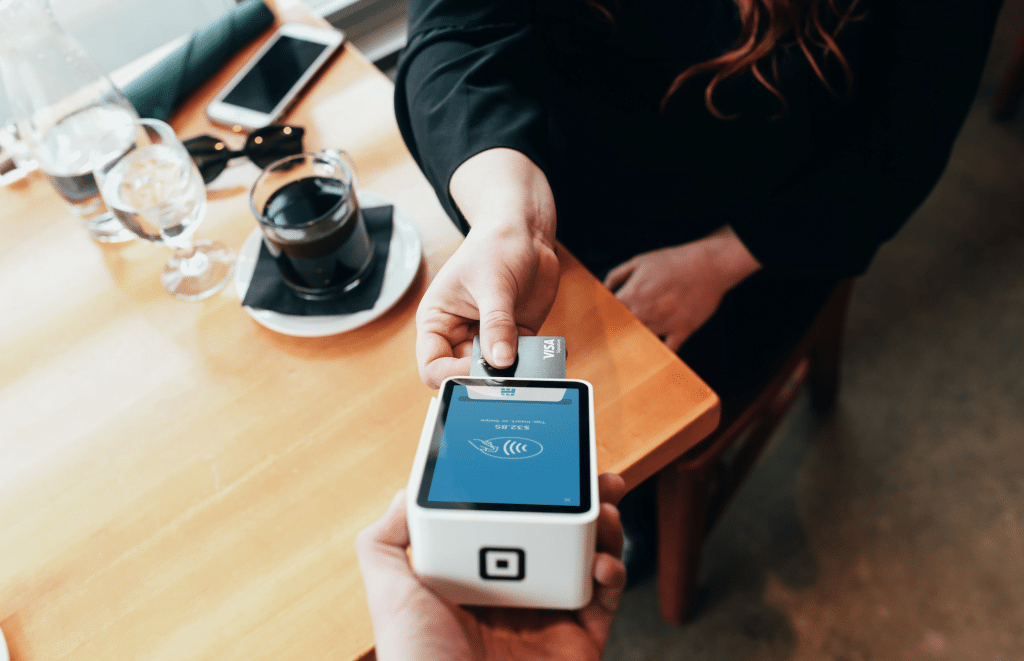Technology has impacted nearly every faction of our lives, including how we shop. While we’ve all experienced the boom of online shopping and e-retail giants like Amazon, there are other advances that have had a serious impact on the traditional shopping experience.
Keep reading to learn about four tech advances that are changing the way we shop.
-
Automated Purchasing
One of the biggest shifts in the eCommerce and retail industries is automated purchases. In the past when you ran out of milk, eggs, or wanted to repurchase a pair of jeans you bought months ago, you’d simply head back to the store (or visit the online store), and make a purchase.
But making trips to the store and remembering to make an online purchase aren’t always the most convenient options. As a way to remove the need to make continuous trips to the store, a growing number of customers are using automated purchases.
With automated purchases, you can schedule an item to be delivered on a set basis. For example, let’s say you buy laundry detergent from Amazon. Using their Subscribe & Save program, you can have that same detergent delivered to your home every 4 weeks (or whatever time you select).
Automated purchasing is greatly beneficial for items that need to be regularly replenished. To coincide with this tech, there are appliances that, in the future, will detect when you’re low on a certain item. The product will then be added to your next automated delivery.
-
Mobile ePOS Systems
Standing in line in order to complete a purchase doesn’t benefit anyone. Customers who face long lines are often left frustrated and impatient. This negative experience then impacts the business, which risks losing sales and return customers.
To cut back on long lines and to offer a more personalized experience, the point of sale (POS) system has been taken to the next level: mobile. With a mobile ePOS system, sales representatives have the ability to conduct sales from anywhere.
This means that you can have employees walking around the store with a connected tablet that enables them to quickly complete a sale for a customer. This also increases customer engagement, which can have a positive impact on customer satisfaction and the shopping experience.
Mobile ePOS systems also allow you to take your store anywhere. From popup shops on a busy corner to trade shows and local community events, if you find an ePOS system that supports mobile functionality, you’ve opened an endless amount of doors for making sales.
-
Checkout-Free Stores
Another way that retailers will alleviate the common pain point of shoppers having to wait in line is with the use of checkout-free stores. Amazon was one of the first companies to pilot this technology with its Amazon Go store. Other retailers like Sam’s Club have had a self-checkout app since late 2016.
With checkout-free stores, consumers scan a code on their phone, pick the items they want, and then leave the store. With the use of computer vision, deep learning, and sensors, the store is able to track which items are purchased. Using this data, the customer is automatically billed.
Though checkout-free stores all but eliminate customer engagement and interaction, it is a great option for shoppers who are in a rush, or those who are only buying a few things. It also offers the convenience of not having to carry around cash or a credit/debit card in order to pay for a purchase.
-
Dynamic Pricing
The days of prices lasting a week until the next sale starts are long gone! The online retail market is extremely competitive, which has caused it to become price-sensitive as well. If you’re an online shopper, you know the frustration of buying a product, only to see the price dropped just a few days later.
Dynamic pricing is based on supply and demand, and while this tech is usually reserved for online stores, it will eventually make its way to brick and mortar locations. The flexible pricing strategy is based on inventory, competition, and sales targets.
When a retailer sees that an item is quickly selling, the company will typically increase the price to alleviate the risk of total stock depletion. At the same time, if a business has high sales targets, it can increase sales by offering discounted prices on certain products.
While dynamic pricing can be a nuisance for customers, it enables them to shop around for the best deal.
Conclusion
It’s no surprise that technology has and will continue to change how we shop. Keep an eye on these four tech trends to see how they not only impact the retail industry, but how they impact your own personal shopping experience as well!


